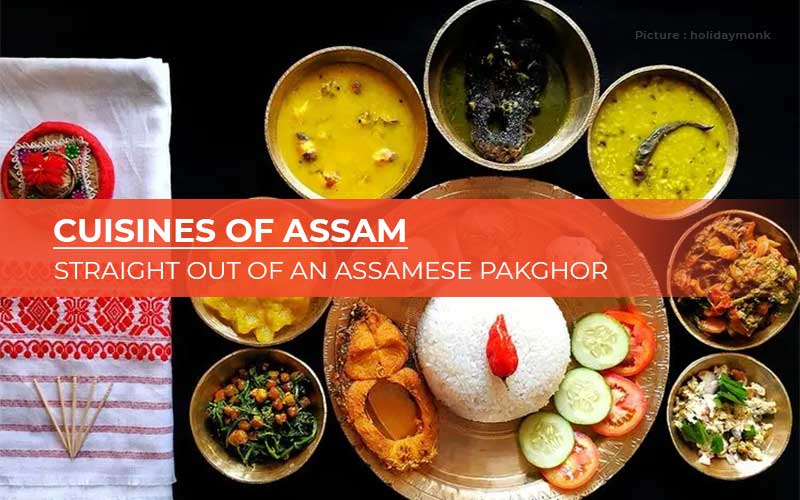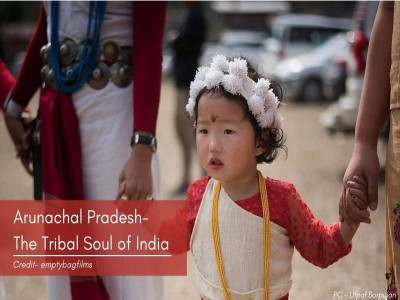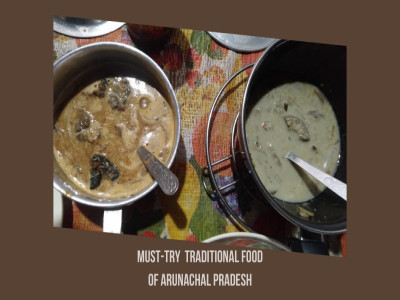
Cuisines of Assam: Straight out of an Assamese Pakghor
Indian cuisines in general are extremely popular for being high
on taste, texture and variety. Think of Indian food, and you’ll probably recall
chicken / paneer butter masala, tandoori delights, naan, biriyani, daal
makhani, dosa, idli, and the list goes on and on. However, a delicious part of
Indian cuisines are tucked away in the exotic Northeastern region, which are
still on the list of lesser explored cuisines across the nation (and around the
world).
Khaar
The phrase ‘Khaar khua Axomiya’ is rooted in the indulgence of this primary food component in Assamese cuisines. ‘Khar’ is among the ancient delicacies of Assam that lends alkalinity to a dish, and is a must-have component of an Assamese thali. It is typically made by filtering water through the ashes of sun dried peels of Athiyakol or Bhimkol. Although different elements such as black gram, bark of papaya trees, etc. are also used in making different variations of Khar. The ingredient ‘Khar’ is mostly retained in liquid form and used as additive to vegetable or meat dishes. Interestingly, the dish cooked with the ingredient ‘Khar’ is also called Khar - and that is what you’ll be served as part of your traditional Assamese thali. Khar is both appetising and easily digestible, and contains multiple medicinal properties.
Masor Tenga (Sour Fish)
Paror Mangxo (Pigeon Meat Curry)
Pigeon meat is regarded as a delicacy in Assam. It is typically consumed during the winters and goes perfectly with koldil (banana flower), a famous side dish in Assamese cuisine. For centuries, this cuisine has been a part of the Assamese tradition, and it is still a popular and traditional Assamese dish. The blend of textures and flavours will have you licking your fingers when served with a steaming bowl of rice.
Patot Diya Maas (Steamed Fish Wrapped in Banana Leaf)
Lai Xaak Gahori (Pork with Mustard Greens)
Haah Joha Kumura (Duck and White Gourd Curry)
These are some of the popular and traditional Assamese delicacies
that fall mostly in the non-vegetarian category. The flavour profiles of
Assamese cuisines are simple, yet delicious. Use of local herbs, greens and
lesser spices lends to its simplicity. Due to its unique flavour blends and
soulful cooking methods, the culinary delights of Assam leave a lasting
impression on tourists from outside. If
you love exploring different cuisines, Assam can be a perfect paradise to land
on.
Disclaimer: The opinions expressed in this article are those of the author's. They do not purport to reflect the opinions or views of The Critical Script or its editor.

Newsletter!!!
Subscribe to our weekly Newsletter and stay tuned.

















Related Comments